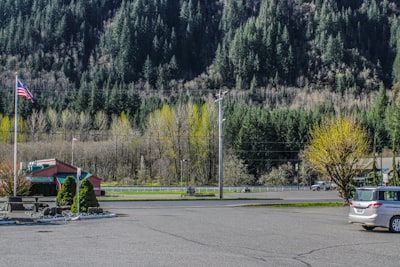Summary
On June 29, 2025, tragedy struck near Canfield Mountain in Coeur d’Alene, Idaho, when two firefighters were fatally shot and another was seriously wounded as they responded to a brush fire. Law enforcement officials later found the suspected shooter—a deceased man with a firearm—believed to have set the fire deliberately as a lure. SWAT teams, local deputies, and federal authorities engaged in an extensive manhunt and exchange of gunfire with the suspect. The event prompted shelter-in-place orders, drew national attention (including from the White House and FBI), and disrupted firefighting efforts as the blaze continued to threaten the area.
Analysis
This incident is deeply alarming on various levels. At its most immediate, it is an attack not only on individual first responders but on the foundational trust that allows emergency services to function safely. The suspected arson—apparently intended to draw in and ambush firefighters and police—represents a shocking escalation of hostility toward public safety personnel. While details on motive and the shooter's background remain undisclosed, the deliberate targeting of emergency responders echoes a troubling, if rare, trend that has unsettled communities and agencies nationally.
The response to the shooting—a coordinated effort involving hundreds of law enforcement officers and SWAT teams—reflects growing anxiety about the dangers faced by 'soft targets' like firefighters. It also points to a shift in policing and emergency response strategies, where standard calls (such as responding to wildfires) can suddenly become active crime scenes.
Politically and socially, this event will likely intensify debates around violence, mental health, gun policy, and the risks frontline workers face. Statements from Idaho’s governor and the International Association of Fire Fighters capture the gravity of the assault and serve both to mourn the dead and to call the public to solidarity and caution.
Ethically, the use of violence to manipulate or attack those whose very job is to aid others tears at the social contract. Such incidents risk fostering suspicion and fear in communities, potentially deterring people from lifesaving careers and straining emergency responses during crises.
Discussion
The murder of firefighters during a routine call is shocking and, for many, almost unthinkable. Firefighters, paramedics, and other first responders usually enjoy a high level of public trust and appreciation; attacks on them violate deeply-held societal expectations of sanctuary and service. Incidents like this one shatter the sense of safety in small and mid-sized communities—places often seen as insulated from the kinds of ambush attacks more associated with urban violence or unrest.
This tragedy resonates beyond Idaho: it recalls previous incidents where firefighters or EMTs were attacked while working, such as the 2012 Webster, NY ambush. These episodes raise urgent questions about the preparedness and protection of first responders on the job. Should every emergency call be treated as a potentially hostile situation? How can communities better support mental health, both for potential perpetrators and for traumatized first responders?
Additionally, this attack occurred amidst a worsening wildfire season and climate-related disasters, when the need for effective, unimpeded emergency response is critical. It is a bitter irony that those on the front lines of such existential threats now face additional, man-made dangers from within the communities they aim to protect.
In the aftermath, the outpouring of grief and the high-profile law enforcement response signal both the depth of the loss and the seriousness with which such targeted violence is taken. Yet, the real test may lie ahead: how the community heals, whether trust can be rebuilt, and what steps are taken to prevent such tragedies from recurring.
Conclusion
The Canfield Mountain ambush is more than a headline—it is a call to reflect on the vulnerability of those we ask to respond to our emergencies, and a grim reminder of the need for vigilance, support, and unwavering moral clarity in the face of violence.

Comments
No comments yet. Be the first to comment!